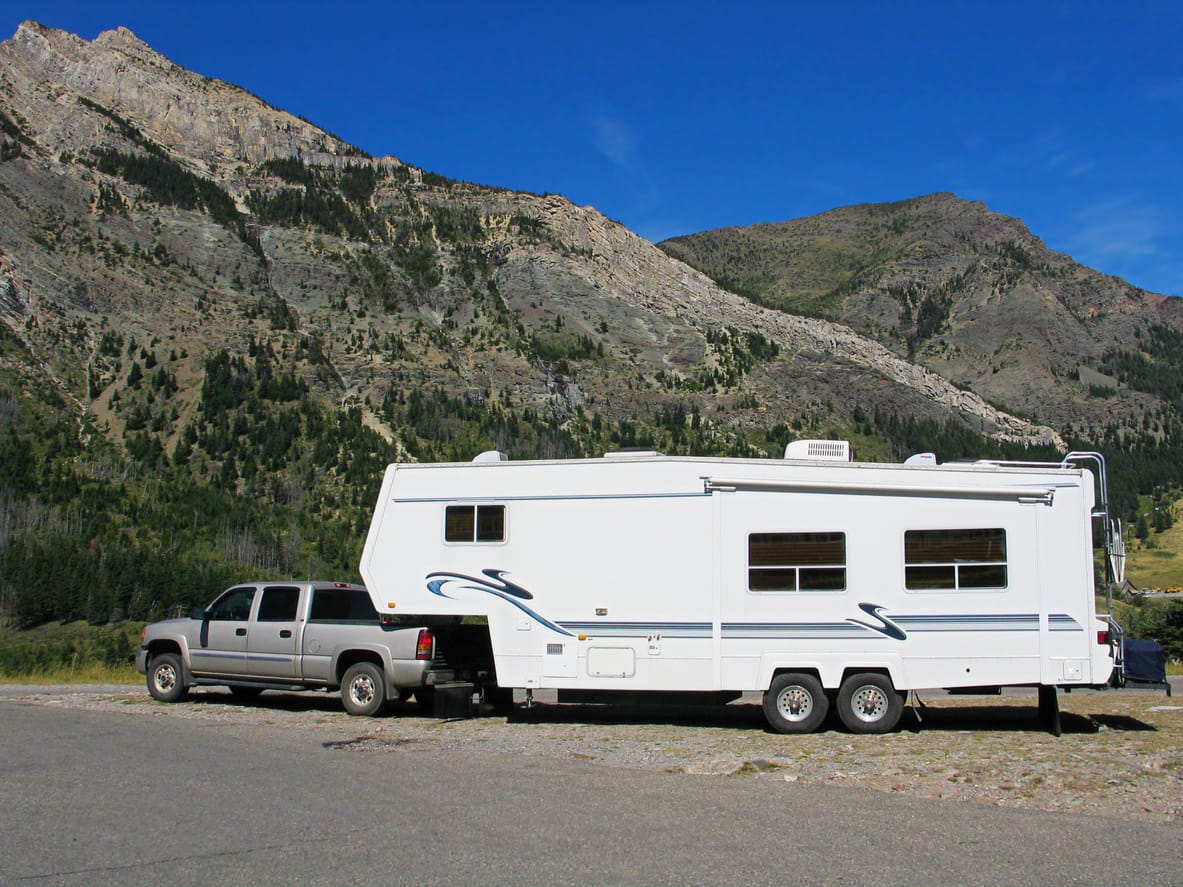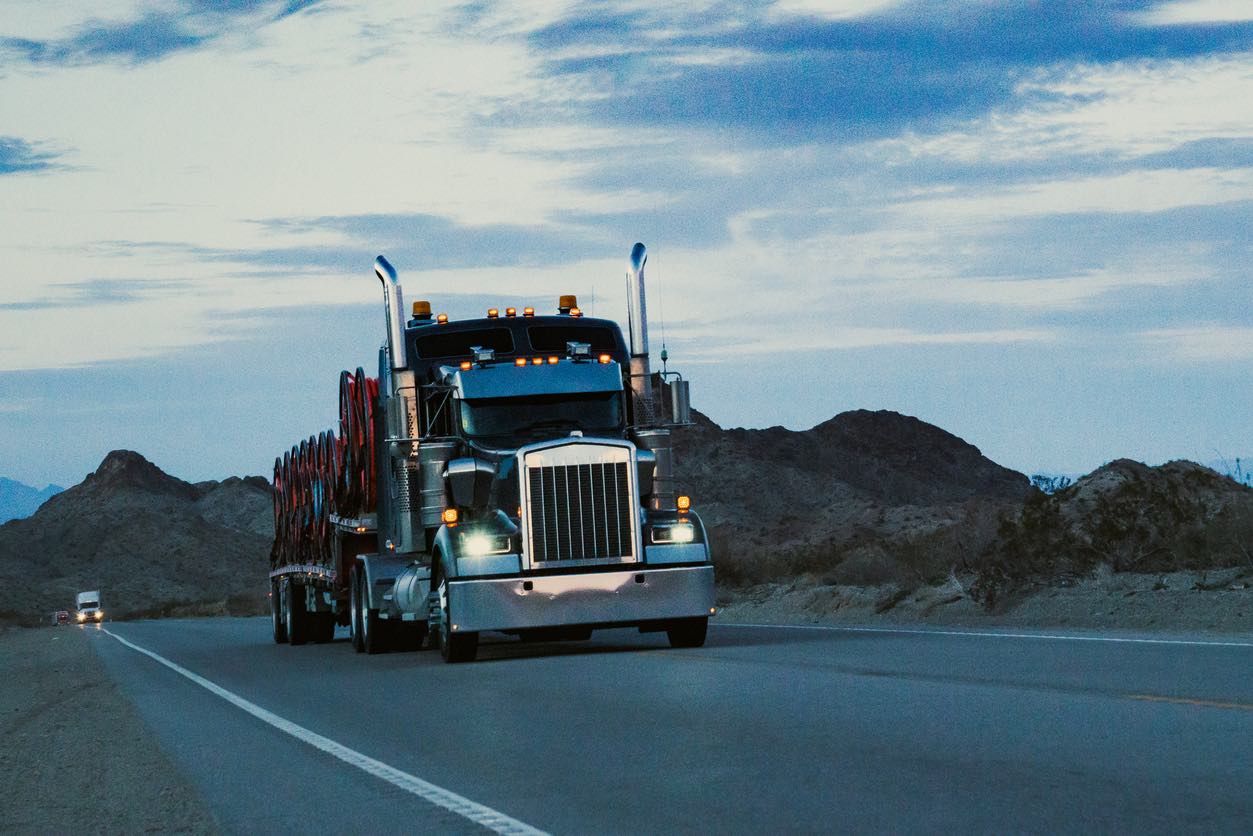Transporting a fifth-wheel trailer can be an especially challenging task. However, with the right knowledge and equipment, it can be a smooth and stress-free process.
In this article, we will cover everything you need to know about fifth-wheel trailer transport, including the different types of trailers, the equipment required, and important safety tips.
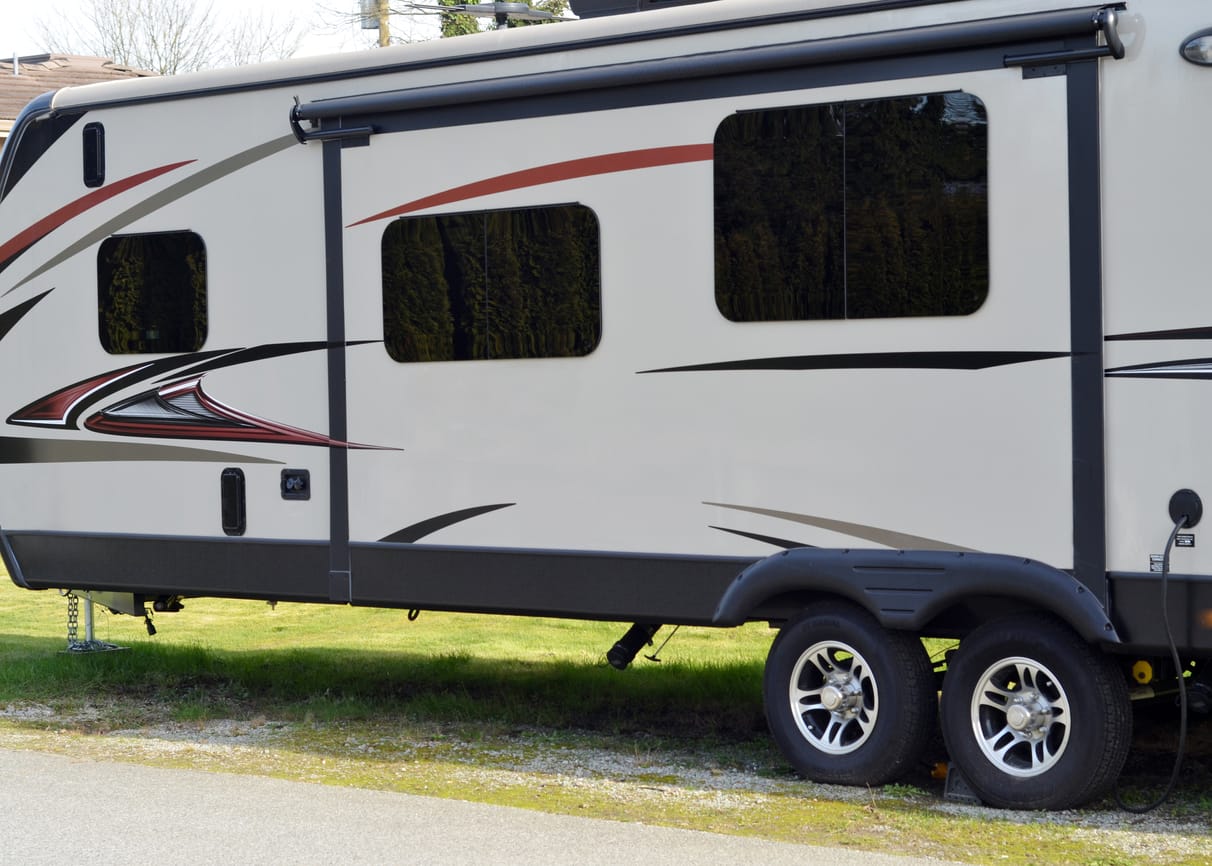
Before we dive into the transport process, it is essential to understand the different types of fifth-wheel trailers. They come in various sizes, designs, and features. The most common types are:
-
Travel Trailers
Travel trailers are the most common type of fifth wheel trailer. They range in size from small, lightweight models to larger, more luxurious models. Travel trailers are designed to be towed behind a vehicle and are ideal for camping trips and other recreational activities. They typically feature a sleeping area, kitchen, bathroom, and living area.
-
Toy Haulers
Toy haulers are fifth wheel trailers that are specifically designed for carrying recreational vehicles, such as ATVs and motorcycles. They typically have a large, open garage area at the rear of the trailer for storage and transport of these vehicles. Toy haulers also typically feature a living area, kitchen, and bathroom.
-
Luxury Fifth Wheels
Luxury fifth wheels are designed for those who want the ultimate in comfort and style. These trailers are typically larger and more luxurious than other types of fifth wheels, with features such as high-end appliances, high-end finishes, and spacious living areas. Luxury fifth wheels are ideal for extended travel and full-time living.
-
Bunkhouse Fifth Wheels
Bunkhouse fifth wheels are designed for families and large groups. They typically feature multiple sleeping areas, including a master bedroom and one or more bunk beds. Bunkhouse fifth wheels also typically feature a living area, kitchen, and bathroom.
-
Rear Living Fifth Wheels
Rear living fifth wheels are designed for those who value a spacious living area. They typically have a large, open living area at the rear of the trailer, with a kitchen and dining area in the middle, and a sleeping area at the front. Rear living fifth wheels are ideal for those who enjoy entertaining or spending time with family and friends.
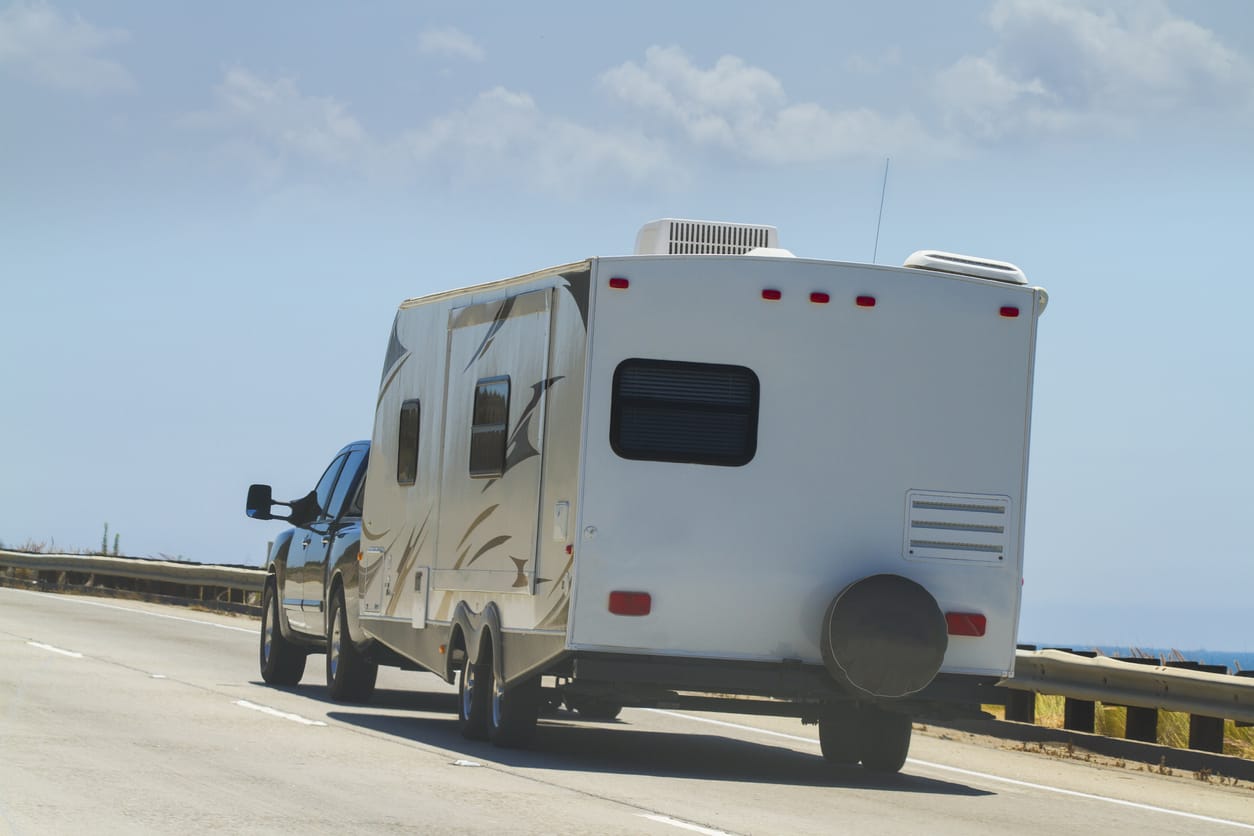
To transport a fifth-wheel trailer, you need the following equipment:
- Tow Vehicle: A heavy-duty truck capable of hauling the weight of the trailer.
- Fifth-Wheel Hitch: A hitch mounted in the bed of the truck that connects to the kingpin of the trailer.
- Brake Controller: A device that sends a signal from the tow vehicle to the trailer brakes, enabling them to work in tandem.
- Safety Chains: Chains that attach the trailer to the tow vehicle in case of hitch failure.
- Trailer Jacks: Used to level the trailer and adjust the height of the hitch.
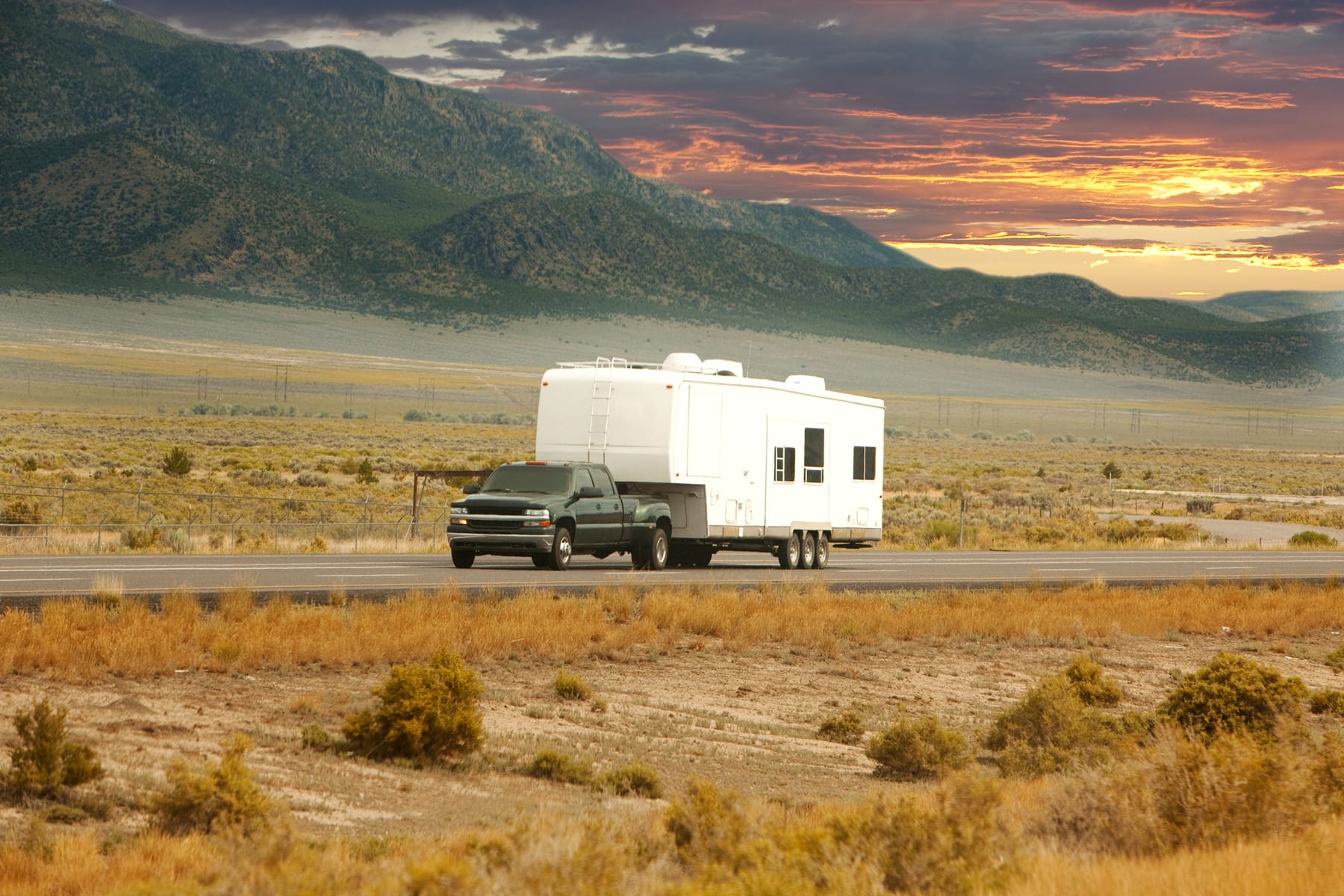
Transporting a fifth-wheel trailer requires careful planning and attention to detail. Here are the steps to follow:
- Inspect the Trailer: Before transport, inspect the trailer for any damages or loose items that may cause problems during transport.
- Connect the Hitch: Connect the fifth-wheel hitch to the trailer kingpin, making sure it is secure.
- Connect the Trailer to the Tow Vehicle: Attach the trailer to the tow vehicle using the safety chains.
- Adjust the Trailer Height: Use the trailer jacks to level the trailer and adjust the height of the hitch.
- Check the Lights and Brakes: Test the lights and brakes to ensure they are functioning correctly.
- Secure the Cargo: Ensure that all cargo is secured and distributed evenly in the trailer to prevent shifting during transport.
- Drive with Caution: Fifth-wheel trailers have a higher centre of gravity than other trailers, so drive with caution and obey all traffic rules.
- Perform Regular Checks: During transport, make regular stops to check the trailer’s condition, brakes, and cargo.

Transporting a fifth-wheel trailer involves risks that can be mitigated by following these safety tips:
- Use the Right Equipment: Use the right towing equipment, including a properly rated tow vehicle, fifth-wheel hitch, and a brake controller.
- Inspect the Trailer: Inspect the trailer for any damages or loose items that may cause problems during transport.
- Distribute the Cargo Evenly: Distribute the cargo evenly in the trailer to prevent shifting during transport.
- Drive with Caution: Drive at a safe speed and keep a safe distance from other vehicles on the road.
- Regular Maintenance: Perform regular maintenance on the trailer Regular maintenance on the trailer, including checking the brakes, tires, and suspension, to ensure they are in good working condition.

With the expertise of a reliable auto transport broker like Ship A Car, Inc., it can be made easy and hassle free. Here are the steps to follow when shipping a fifth wheel trailer with Ship A Car, Inc.
First, you need to request a quote from the company by providing details such as the dimensions and weight of the trailer, pickup and delivery locations, and preferred dates. Based on this information, the company will provide you with a quote for their services.
Once you have accepted the quote, the company will assign a carrier to transport your fifth wheel trailer. The carrier will then contact you to arrange a pickup time and location.
Before the carrier arrives, you should prepare your fifth wheel trailer for shipping. This includes removing any personal items, securing loose items, and ensuring that the trailer is clean and in good working condition.
When the carrier arrives, they will inspect the trailer for any damage and load it onto their transport vehicle. During transport, the carrier will take necessary precautions to ensure the safety of your trailer.
Finally, when the trailer reaches its destination, the carrier will unload it and inspect it for any damage. If there are no issues, you can sign off on the delivery and enjoy your newly shipped fifth wheel trailer.
Ultimately, shipping a fifth wheel trailer with Ship A Car is a seamless process that can save you time and hassle. With their expertise and attention to detail, you can be sure that your trailer will arrive at its destination safely and on time.

With Ship A Car, Inc., shipping a fifth wheel trailer will be a simple and quick experience. By following the steps outlined above, you can ensure that your trailer is transported safely and securely to its destination. Ship A Car is a reliable auto transport company with years of experience and a commitment to providing excellent service. They can assist you in transporting your fifth wheel trailer while saving you time and aggravation. Whether you are moving to a new location or need to transport your trailer for other reasons, Ship A Car, Inc. will provide you with peace of mind and assurance that your trailer is in good hands. By following the guidelines outlined above, you can transport your fifth-wheel trailer safely and with ease.
